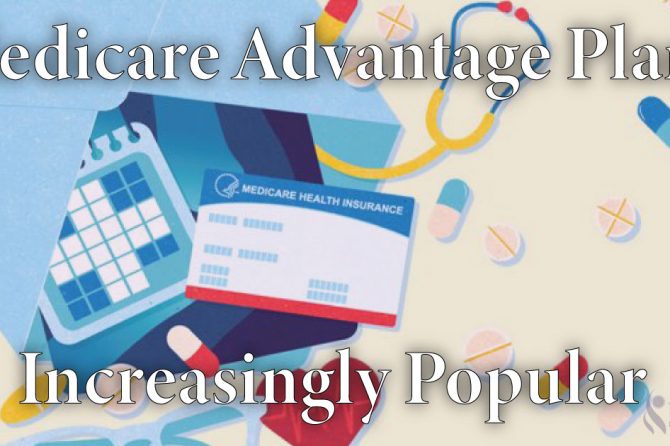
Medicare advantage Plans increasingly popular
More benefits attracting enrollees, but experts say plans can deliver better on their promises
As Medicare advantage plans approach their 25th birthday — the law that created the modern-day system allowing private health care providers to provide a one-stop-shop opportunity to original Medicare was signed by President Bill Clinton in 1997 — they have become an fundamental part of the program. Today, an estimated 42 percent of Medicare recipients are enrolled in an MA plan, and specialists project the majority of beneficiaries might also get their medical coverage via one through 2030.
The increase of MA plans is linked intently to the founding concept of Medicare: provide older individuals with the same kind of health insurance they were given after they have been running. For the first 20 years of the program, original Medicare did just that by means of offering plain-style medical insurance in which doctors and hospitals simply got paid for services rendered. But as health maintenance organizations (HMOs) and preferred provider organizations (PPOs) got here at the scene in a huge way in the course of the 1980s and ’90s, more people became acquainted with getting care through a single, all-encompassing health care community. That brought about the creation in 1997 of Medicare part C — first known as Medicare choice and now Medicare advantage.
Ever since, most Medicare enrollees have had a decision to make: choose pay-per-service health insurance under original Medicare or become a member of an MA plan that gets paid a lump sum by using the federal government to provide all your care. In 2005, 13 percent of enrollees chose the MA option, and the increase has been regular ever because; enrollment in benefit plans rose 10 percent among 2020 and 2021 alone.
One reason for this growth is all of the extra benefits MA plans offer — however which Congress has not but allowed original Medicare to provide. For instance, many MA plans tout gym benefits plus some dental, vision and listening to care. And in current years, government officials have given the plans permission to provide transportation to physician appointments, modifications to beneficiaries’ homes such as wheelchair ramps, or even carpet cleaning to assist people with respiration troubles.
Leave a reply